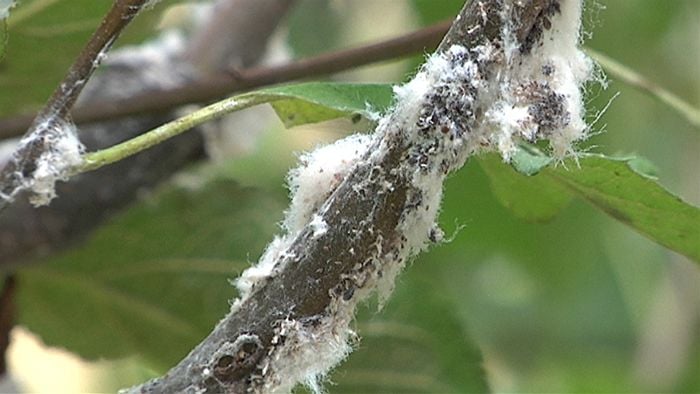Table of Contents
Apples have so many benefits for one’s health, but naturally, some external factors hinder their growth. However, there are times when you notice a white fluffy substance on your apple tree.
Have you ever wondered what is that white substance? Well, don’t worry. In this article, you get all the tips and tricks to manage woolly aphids on apple trees. Furthermore, these white substances are mould or fungi that attack your plant, and it is more likely to make you alert that your tree has a woolly aphid infestation. Apple trees are prone to be attacked by pests and diseases. And woolly aphid is the most common one so far. These are mostly found on fruit-bearing trees.
However, these insects can cause significant damage to the apple tree, which will reduce its productivity and its production. Read more to have detailed knowledge about the cure and preventive measures for the problem.
What Are Woolly Aphids?
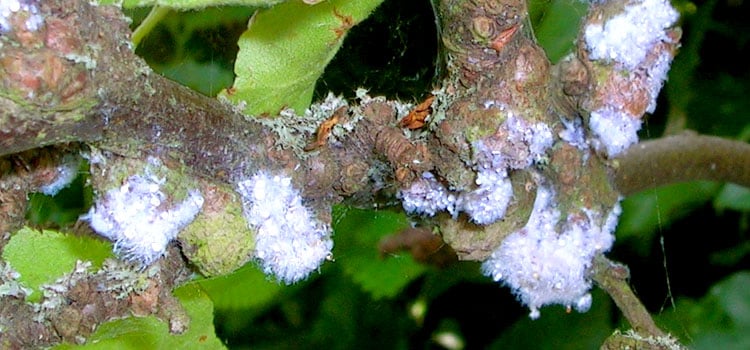
It becomes of utmost importance to know what and who is the cause that hinders the growth of your apple trees. However, the white fluffs on apple trees are woolly aphids. These are basically small, soft-bodied insects primarily found on fruit trees. These white fluffs on woolly aphids are because of a waxy coating that covers their bodies. This coating helps them to protect themselves from adverse weather conditions and predators.
These organisms are sap predators as they feed on the sap of trees by using their long, needle-like mouths. They insert their pointed part into the plant tissues and suck out the sap leaving behind the damaged tissue. Their feeding activity causes a lot of damage to the apple trees as it hinders their growth, and the leaves become yellow, along with a reduction in fruit production. Not only it attacks apple trees, but also these organisms infect pear, quince, mountain ash, elm, and other fruit trees.
These white fluffs on apple trees have a complex life cycle. This is because it begins as eggs and has further stages of growth? as an adult. However, they reproduce at a fast rate and can infect entire trees if left unbothered.
Surprisingly woolly aphids are a threat to plants but have no adverse effect on human health. However, the honeydew that they produce attracts other pests, such as ants and wasps, which can cause big problems. This is because honeydew is not suitable for the tree’s health as well. It promotes the growth of black sooty mold, which is also not good for the tree.
What Problems Does It Cause?
Well, it is ironic to say that a gardener should not consider these white fluffs on the apple trees as a problem. This is because these are the parts of the ecosystem and occur naturally, just like other species, be they animals or plants.
But we cannot deny the fact that they do cause harm to our trees, especially apples. As mentioned above, they leave behind a waxy filament which leaves behind a sticky blood-red mess when crushed while picking apples. However, it causes consternation to people who harvest apples. These tiny organisms can be found anywhere around the globe.
The colonies of these pests are found feeding around the roots and nodes of the plants, especially at the base of new foliage. It would be best to get rid of these pests to protect them from becoming a nuisance at harvest.
These pests feed on the plants and create lumps on the bark of the trees. They cause more severe issues for the plants. However, the lumps are caused due because they leave chemicals that create the entry of disease into the trees. Thus, it leads to a fungal infection called apple canker. This creates dead areas, which leaves no other alternative other than the branches of a tree. It clears the fact that woolly aphids do not threaten the tree significantly, but they create an entrance for other diseases to enter the trees. Now you will have a better understanding of managing woolly aphids on apple trees because you know how they are caused and what problems they cause.
Solutions To Manage Woolly Aphids on Apple Trees
Even though these tiny white fluffs on apple trees are parts of the ecosystem but getting rid of these should be your prime job. This is because they will destroy the complete building of your plant. Fortunately, we have got the solutions for you to manage woolly aphids on apple trees to protect them. Here are some practical solutions.
1. Monitoring/Keeping a Regular Check
If you have a garden and you are fond of having plants, then you need to have a regular check on your plants. If you have apple trees, then they are more likely to have woolly aphids as well. However, it is easy to identify these white fluffs. Also, the best treatment for woolly aphids is best when 10% of the pruning scars are infected with the pest. Moreover, it is necessary to have a regular check-in in your garden to identify such issues on your plants. Also, other symptoms for these white fluffs are that you can notice yellowing leaves and a sticky residue on the trees.
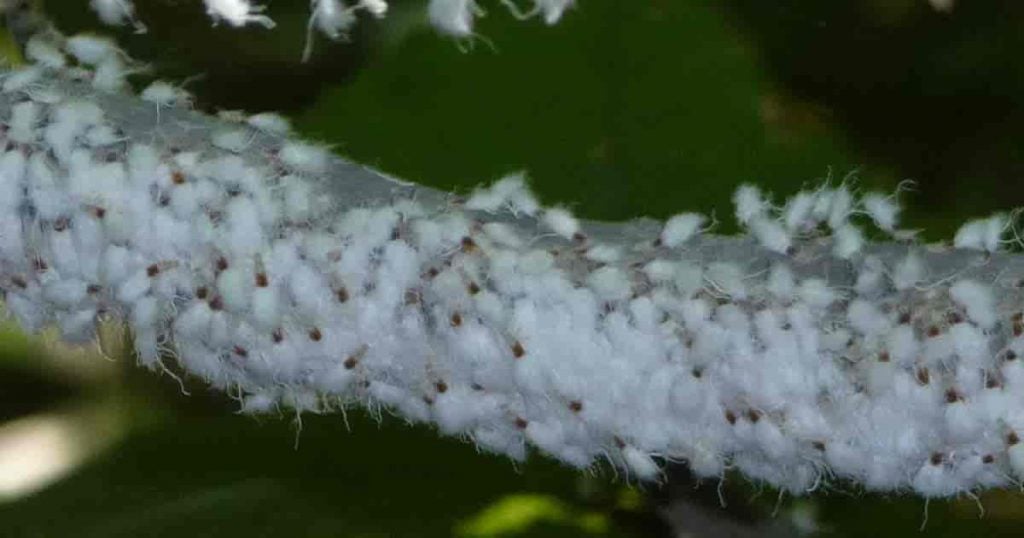
2. Caller for Helpers
Aphids are living organisms that are commonly caused, but there are several other species that can help you out. To have control of aphids, including creatures like ladybirds, hoverfly larvae, and lacewings, as they scrape out these white fluffs from the plants. All you need is to create an environment for these creatures. You need to ditch pesticides and herbicides and also plant more to attract these birds. However, if you leave your space less managed, then it creates a higher chance of having these birds in your garden. It is advised to include one type of companion plant to include with a fruit tree because it helps to bring insects into the space. This further helps in pollination and pest control. You can also have bushes in your garden to provide shelter to the birds and insects, along with flower pots with hay stuffed loosely packed inside.
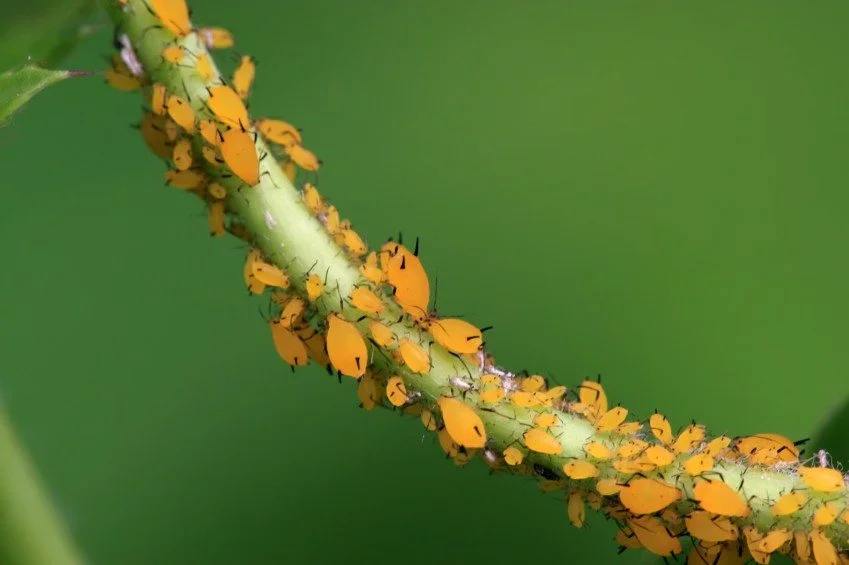
3. Pruning and Cleaning
Pruning is the method of cutting the branches and stems of trees or plants with the intention of promoting growth. Pruning is necessary in certain plants to induce flowering and heavy produce. When it comes to woolly aphids on apple trees, pruning is preferred to get rid of the infected area. Pruning is the most effective solution as it removes any infected leaves or fruit. Since the source of the problem causing the pest is removed. Also, it will stop the growth of the living organism, and it prevents it from spreading as well. But keep in mind to dispose of the pruned branches and debris away from the tree.
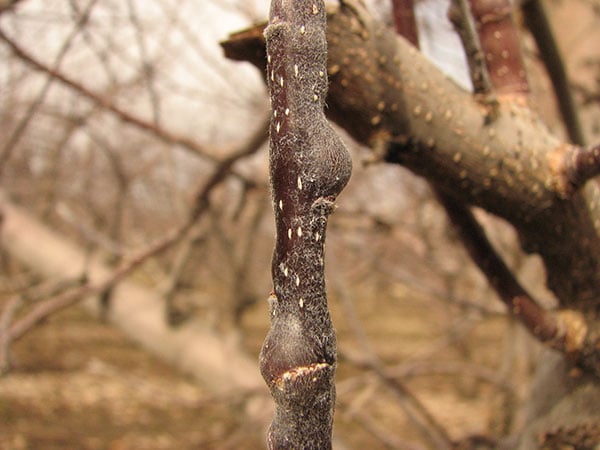
4. Oils to Deal with Woolly Aphid
There are several natural oils available that work well against a variety of pests which, includes woolly aphids as well. Neem oil is a natural pesticide that is effective and does not cause any harm to the plant as well. It disrupts the hormonal system of the woolly aphids. Thus, preventing it from further reproduction and growth. In order to use it, mix neem oil with water as per the instructions given on the label and spray it onto the tree. Another oil that is useful is horticulture oil. This is another safety measure to prevent woolly aphids from spreading. This oil works by suffocating the pests as it stops their breathing pores, which leads to their death. To use this oil, dilute it first with water and then spray it directly in the infected area or on the tree.
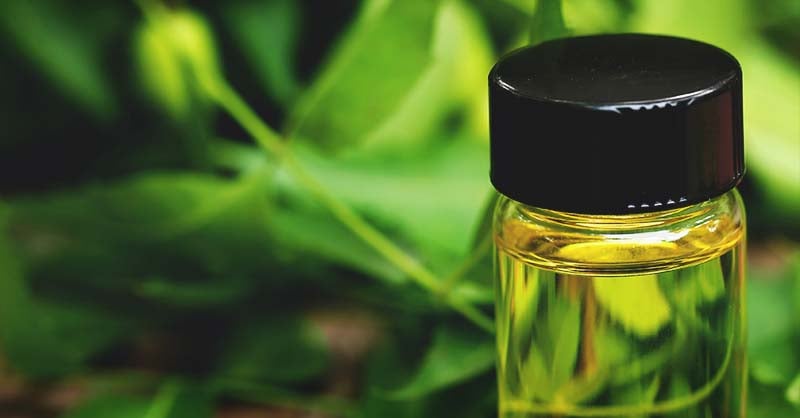
5. Scrubbing
If the infection is on a small tree and has not infected a large area, then it is possible to remove these pests manually. To manage these white fluffs on apple trees, you only need a scrubber to scrub off the areas where the colonies have formed. Make sure that it has stiff bristles. However, if you have made up your mind to scrub off the entire plant, then make sure to do it in spring or in early summer. This is because, after that, the population of these woolly aphids booms. Moreover, please do not go too wild with the brush on the tree as it can damage the tissue of the trees.
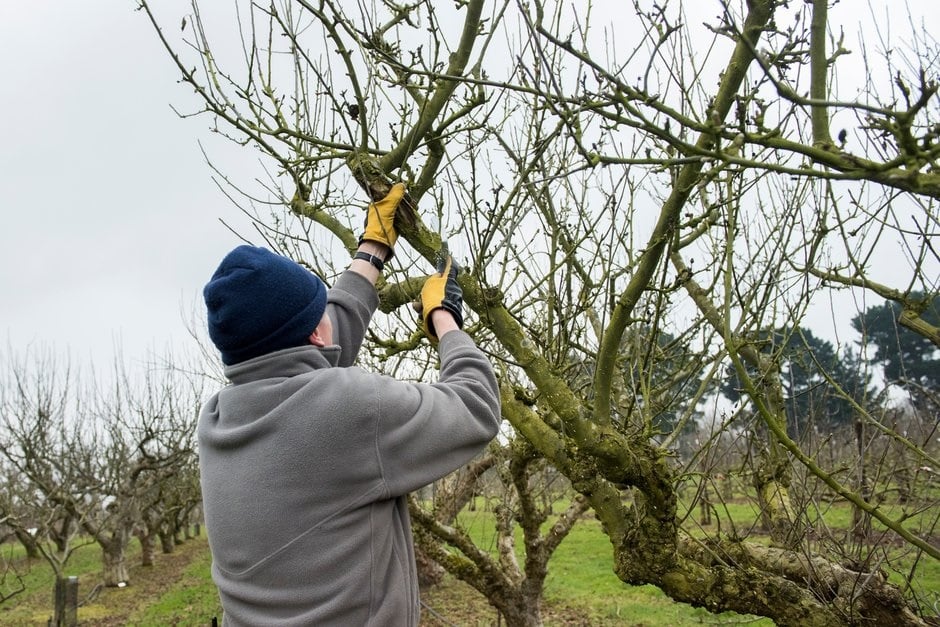
Reasons To Not Use Pesticides To Control The Woolly Aphids
Pesticides are not always great preventive measures as it affects the growth of plants as well. However, there are several organic pesticides available in the market, but they also hold chemicals. In order to manage woolly aphids on apple trees, pesticides can be a good measure, but it surely disturbs the ecosystem. This is because it will harm the beneficial wildlife, and it should not even be a first choice in any fruit-growing garden or orchard.
All in all, now you have in-depth knowledge of protecting your apples from woolly aphids. However, it is not a very hard task to manage woolly aphids on apple trees because now you know all the solutions in this article. Also, we got to know apples are to be cared for properly as they have a threat from this pest and are not very easy to grow.
Now you have got all the necessary details to get rid of these pests. All you need is to have appropriate time to act over it to protect your plants from these unwanted organisms.

